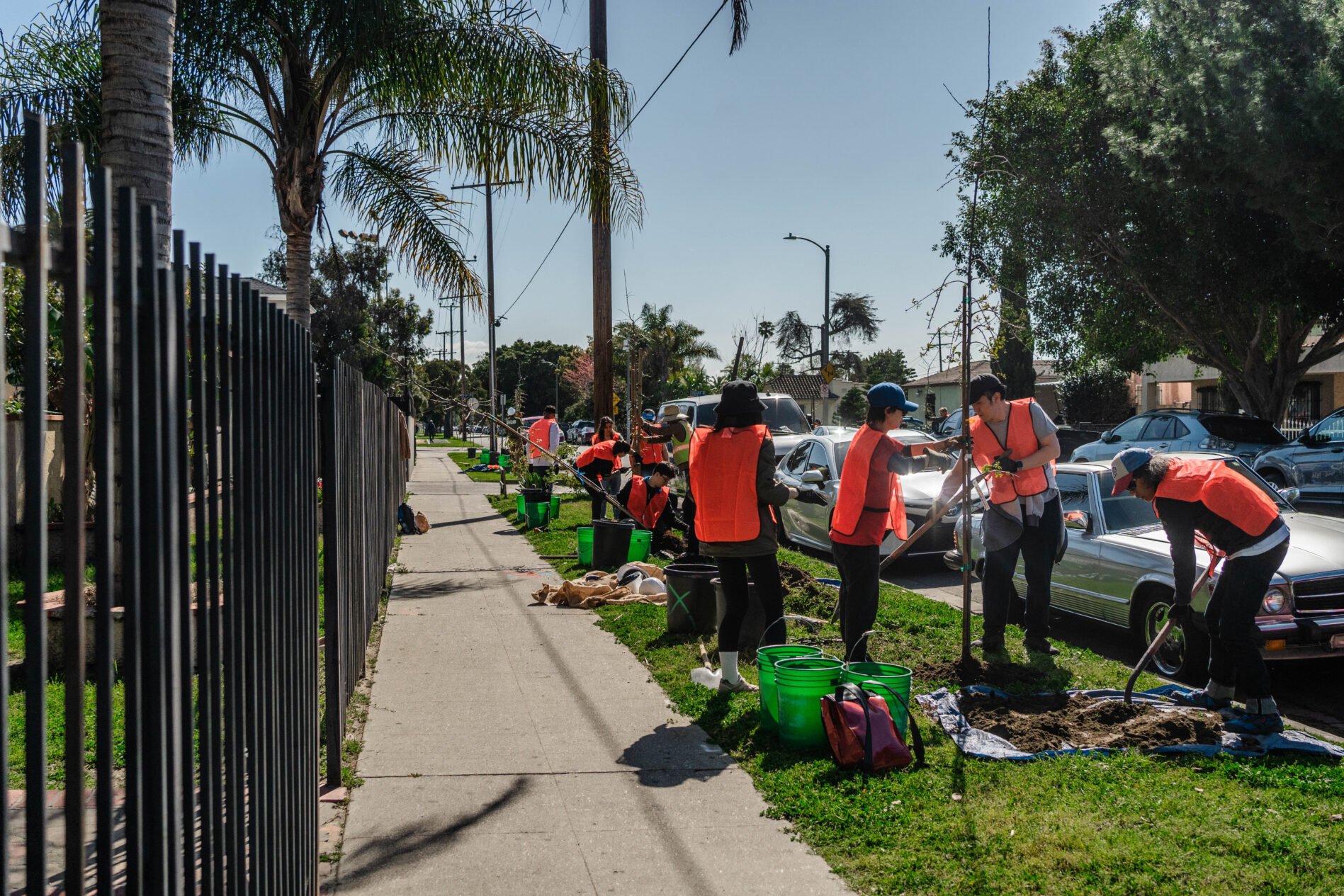The recent wildfires in Los Angeles sparked a lot of concern about soil contamination among the general public. They also—perhaps more importantly—exposed a long-standing problem: the serious lack of soil support resources available to most people, including urban soil education, soil testing, and soil remediation options. Despite the fact that people knowingly or unknowingly interact…











